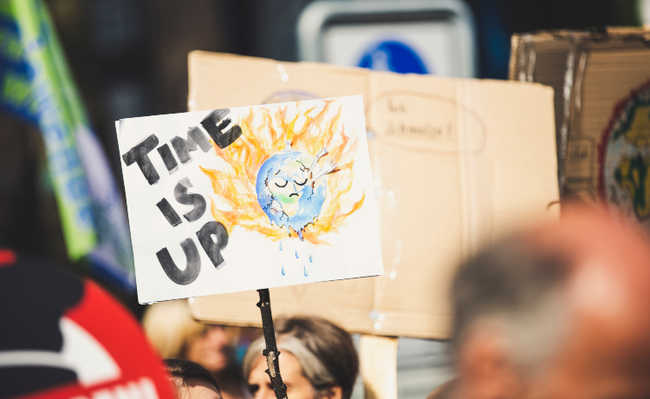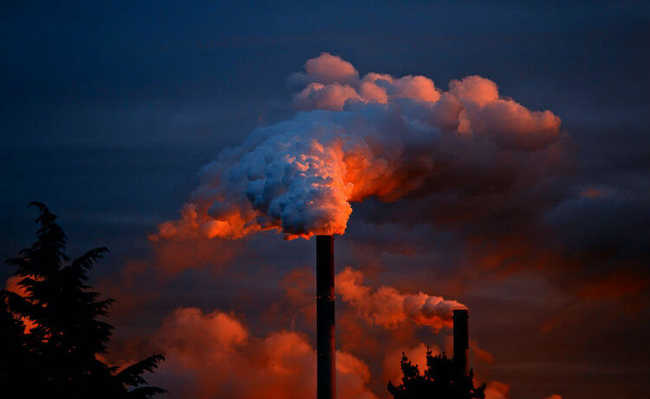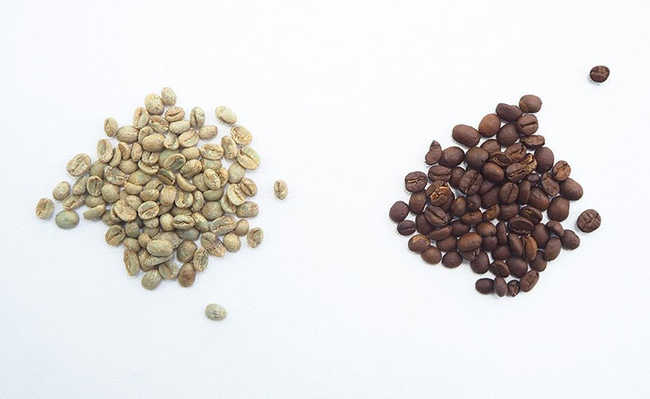Dumps and their main impacts
Impacts caused by dumps range from environmental contamination to damage to public health

Image: Hermes Rivera on Unsplash
The dump is an inadequate form of final disposal of waste, which is characterized by the simple disposal of garbage on the ground, without measures to protect the environment or public health, as defined by the Institute for Technological Research (IPT).
As dumps are illegal disposal sites, there is no control over the place of disposal or the types of waste deposited. Low-hazard household and commercial waste can end up being deposited together with highly polluting waste, such as industrial and hospital waste.
Furthermore, these irregular deposits are used by the needy population as a way to obtain income, through the collection of materials. Collectors who work in landfills are exposed to several risks. The dumps, therefore, cause environmental, public health and social problems.
Waste or tailings?
Waste is anything that can be reused or recycled. For this, it is necessary that the components of a given product are separated according to their composition. The tailings, on the other hand, is a specific type of solid waste, that for which there is still no possibility of reuse or recycling. In these cases, the environmentally correct solution is to send the tailings to a licensed landfill.
Learn more in the article: "Do you know the difference between waste and tailings?"
It is important to emphasize that many residues can and should have better destinations than dumps and landfills - such as selective collection or composting.
- What is selective collection?
- What is compost and how to make it?
End of dumps
The proper disposal of tailings is currently one of the main challenges faced by municipalities. With the objective of decreeing the environmentally correct disposal for them, the National Solid Waste Policy (PNRS) determines actions such as the extinction of dumps and their replacement with sanitary landfills. However, according to data from the Brazilian Association of Public Cleaning and Special Waste Companies (Abrelpe), Brazil still has around three thousand dumps. The lack of financial resources on the part of the municipalities has prevented more accelerated advances in this area.
Initially, the legislation determined that all dumps should be closed by August 2, 2014. Difficulties in implementing sanitary landfills, together with political pressure, meant that the deadline was extended, according to the characteristics of the municipalities. capitals and municipalities in their metropolitan regions had until July 31, 2018 to put an end to the dumps. The border municipalities and those with more than 100,000 inhabitants, according to the 2010 Census, had one year more than the capitals to implement sanitary landfills. According to current forecasts, cities with 50 to 100 thousand inhabitants would have until July 31, 2020. For municipalities with less than 50 thousand inhabitants, the deadline negotiated was July 31, 2021.
Impacts of dumps
Landfills are characterized by the simple deposition of tailings in an open area. When deposited in this way, they are not analyzed beforehand, which makes it impossible to know which substances are released into the environment and the degree of pollution and contamination they can cause. In addition, some tailings can attract animals and disease vectors.
A survey carried out by the Economics Department of the National Union of Urban Cleaning Companies (Selurb) points out that the irregular burning of waste discarded in landfills releases around six million tons of greenhouse gases a year. It's the same amount emitted by three million gasoline-powered cars in the same period.
Main environmental impacts
The main environmental impacts caused by incorrect disposal of waste in landfills are:
- Soil contamination by leachate, a dark liquid and in this case toxic from the decomposition of organic matter;
- Contamination of groundwater with the penetration of leachate into the soil;
- Bad smell;
- Increase in the number of diseases, as dumps attract animals and disease vectors;
- Emission of greenhouse gases, responsible for the intensification of global warming;
- Increased number of fires caused by gases that are generated from the decomposition of waste deposited in dumps.
It is noteworthy that the slurry produced in landfills and dumps is different from that released by domestic composters, which is non-toxic and can be used as a soil fertilizer and natural pesticide. In composting, the slurry results from the decomposition of pure organic matter, while in landfills and dumps, the various types of disposal are decomposed together and release a contaminated slurry whose disposal requires attention.
Main social impacts
In addition to the environmental impacts, landfills also cause several social problems. These places are frequently visited by the needy population to collect recyclable or reusable materials that were incorrectly discarded and can be sold.
These people generally do not use safety equipment when handling waste and are subject to accidents, such as cuts with broken glass or wood chips, and contamination by agents found in the waste, such as liquids that leak from batteries, herbicides and heavy metals. Collectors are also exposed to the action of disease-causing agents and are socially excluded because of their professional occupation, which generates psychological impacts.
Solutions
Among the measures necessary to mitigate the impacts caused by the incorrect disposal of waste, according to the National Union of Urban Cleaning Companies (Selurb), we highlight the end of garbage dumps that still exist in Brazil and the construction of sanitary landfills capable of managing environmentally correct tailings.
Data from the entity and the consulting firm PwC show that more than half of Brazilian cities still incorrectly dispose of their waste in landfills, when it could be recycled or reused. Therefore, more severe punitive measures are needed to advance the National Policy on Solid Waste and the definitive end of landfills.
Do your part and dispose of your garbage properly. Learn how to properly separate your waste and find disposal sites on the free eCycle Portal search engine.










